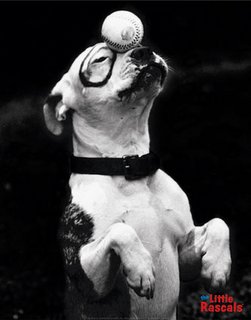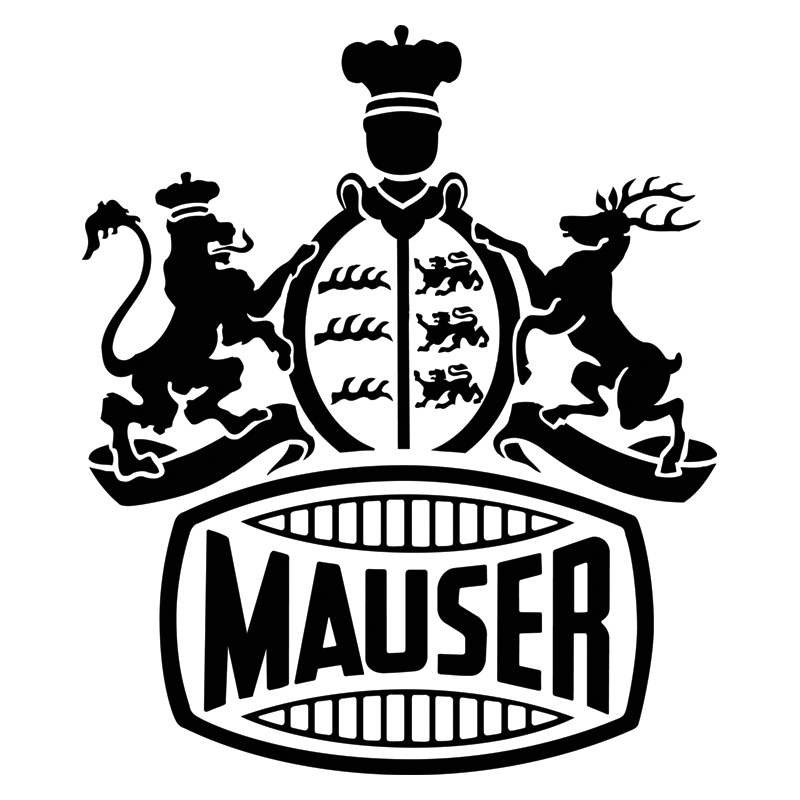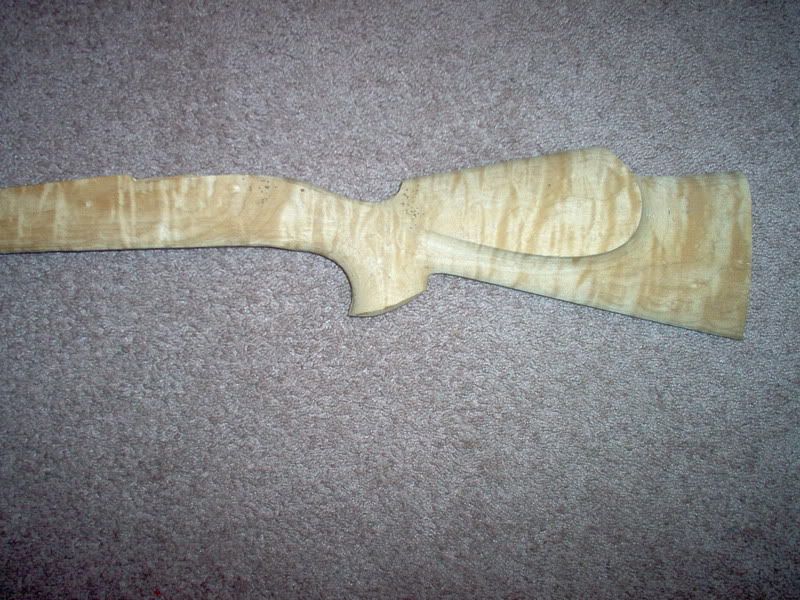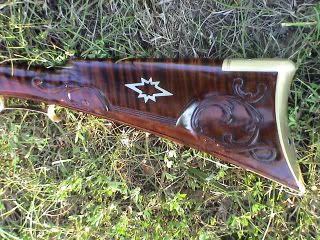

 The Accurate Reloading Forums
The Accurate Reloading Forums  THE ACCURATE RELOADING.COM FORUMS
THE ACCURATE RELOADING.COM FORUMS  Guns, Politics, Gunsmithing & Reloading
Guns, Politics, Gunsmithing & Reloading  Gunsmithing
Gunsmithing  Torch for tiger stripes
Torch for tiger stripesGo  | New  | Find  | Notify  | Tools  | Reply  |  |
| One of Us |
I have refinished a couple stocks before and they turned out pretty good, Im going to refinish my rem 788 stock and have heard if you use a torch you can get the tiger grain look, do you actually burn the wood a little or whats the process, I have an old stock to practice on. thanks loud pipes save lives | ||
|
| one of us |
Some old muzzleloaders that were made on the cheap for folks that couldn't afford better had tarred twine wrapped around them and then burned off. This is NOT something I would do with walnut (of any type) and definitely not something I would do with a bolt rifle - then again, I wouldn't own a bolt action. Brent When there is lead in the air, there is hope in my heart -- MWH ~1996 | |||
|
one of us |
Benwillweit, I have never done it myself, but I've heard about it. My understanding is you wrap the stock with rope first leaving small gaps between it. Then run the torch (very carefully) over the rope. When the rope is removed you'll have a fiddleback pattern on the wood where there was no rope. Maybe others can elaborate on the process a little more. Terry -------------------------------------------- Well, other than that Mrs. Lincoln, how was the play? | |||
|
one of us |
If you search using "maple torch" as key words you will find several threads on finishing maple using various stains as well as torching. Bastogne:  Maple:  NRA Life Member, Band of Bubbas Charter Member, PGCA, DRSS. Shoot & hunt with vintage classics. | |||
|
| One of Us |
Every one to his own tastes. I LOVE real tiger stripes and that is one awesome stock above. One of the characterists of that stock is that light shifts will make the pattern appear to change because the effect comes from the grain itself. Nothing we can apply to the wood's surface can approach that effect, if it's painted or burned on it will look like it is painted or burned on. The idea with the torch is to lightly toast the wood's surface enough to change the color without changing the surfaces level as burning it will do. Done carefully it can look pretty good on some otherwise plain wood. | |||
|
| One of Us |
TRhet also brushed some acid on to get the same effect. If you cover it up with a thick coat of red varnish it looks almost real. Good Luck! | |||
|
| One of Us |
I might give it a shot on my junk stock and see how it turns out. loud pipes save lives | |||
|
| one of us |
Acid staining will not bring out tiger striping unless it is already there. And it's for maple. Try it on walnut and get ready for a nice uniform "ebony" look. Make sure you neutralize. Brent When there is lead in the air, there is hope in my heart -- MWH ~1996 | |||
|
| One of Us |
As I recall, in the old days at least, the process was called "suigi". What the etemology of the word is, I don't know. Also, IIRC, it was used mainly for "enhancing" existing tiger stripe grain, not for creating it. With wood which was already inherently tiger-striped, a torch with a "spreader" nozzle was used, not one with a "pencil-tip" nozzle. Because the density of the wood is different in the stripes than in the rest of the stock, the two different densities of wood "toast" at different rates when seared with the same amount of flame. In my experience it is important to NOT burn the wood, just to not quite singe it. Doing so will make the stripes stand out. It can then be finished by any method which normally works well for a stock. YMMV My country gal's just a moonshiner's daughter, but I love her still. | |||
|
| one of us |
Get the volatile liquids out of the shop, be sure to have a fire extinguisher handy, and notify your local fire department to stand by !! | |||
|
| one of us |
Eat the "wrong" mushrooms while hunting and any stock will develop "tiger stripes" | |||
|
| One of Us |
Alvin Linden did the suigi on maple stocks and they looked great. Thanks...Bill. | |||
|
| One of Us |
I've got a tiger stripe maple semi-finished stock for a 94 Swede that I'm going to scorch when it's time to finish it. I have a bunch of articles from the 40s, 50s and 60s that show the techique. It is only used to "enhance" the striping that is already there...not to create it. In fact, one article specifically mentioned how some guys tried to duplicate it with the burning rope trick and ended up ruining their stocks. Their comment was it "looked like someone burned it with a rope". So I guess if you don't want your stock to look like it was "burned with a rope", I'd advise against it. The articles that I read basically showed how to lightly scorch the larger flat areas of the stock, while being super careful around end grain and sharp edges by using some sort of shield to keep the flame away. (these burn extremely easily) After scorching you steel wool everything and rescorched areas where the color was slightly different. One showed using a correctly colored stain to color match the end grain areas. Before I finish shape my stock, I plan to practice a little on a sanded (but not final formed) area of the stock. After I get the hang of it I can remove the scorched area in my final fitting/sanding. Here is the rough stock without any finishing.  And with a little water to show the grain (fly specs are normally not included with base model and are an additional cost accessory)  | |||
|
| one of us |
True. Not many examples of Linden's suigi finish on the net, but here's one.  I don't think this is the best example of Linden's work, but I have a few problems with this rifle anyway. GV Linden maple-stocked Mauser | |||
|
| one of us |
Actually some of the old muzzleloaders had there "stripes" faked by using ink to paint them on. Leman is one such old gunsmith that comes to mind. The problem is that while they look okay from a distance you can tell right off once you get close that the stripes are not real. The fakes stripes do not have the same depth as natural stripes. The edges are too harsh. Notice the depth and contrast in all these stocks. That is not duplicated by burning roap or dies. You might get closer through careful application of darker and lighter stains in a stripped fashion but you still get harsh lines from bleed over and it is still apparent the stripes are faked. You can highlight or enhance existing figure/curl/stripes through various methods. You can burnish the wood very smooth, torch it, use acid dies, or other dies. The point is that the figure exists and you are just highlighting it. This stock was sanded to 600 grit and slightly burnished and then had alcohol stains applied with a clear permalyn finish. As with the other stock shown in this thread notice the depth and variatiosn in color. Plain maple can be very striking in its own right.  | |||
|
| Powered by Social Strata |
| Please Wait. Your request is being processed... |
|

Visit our on-line store for AR Memorabilia

